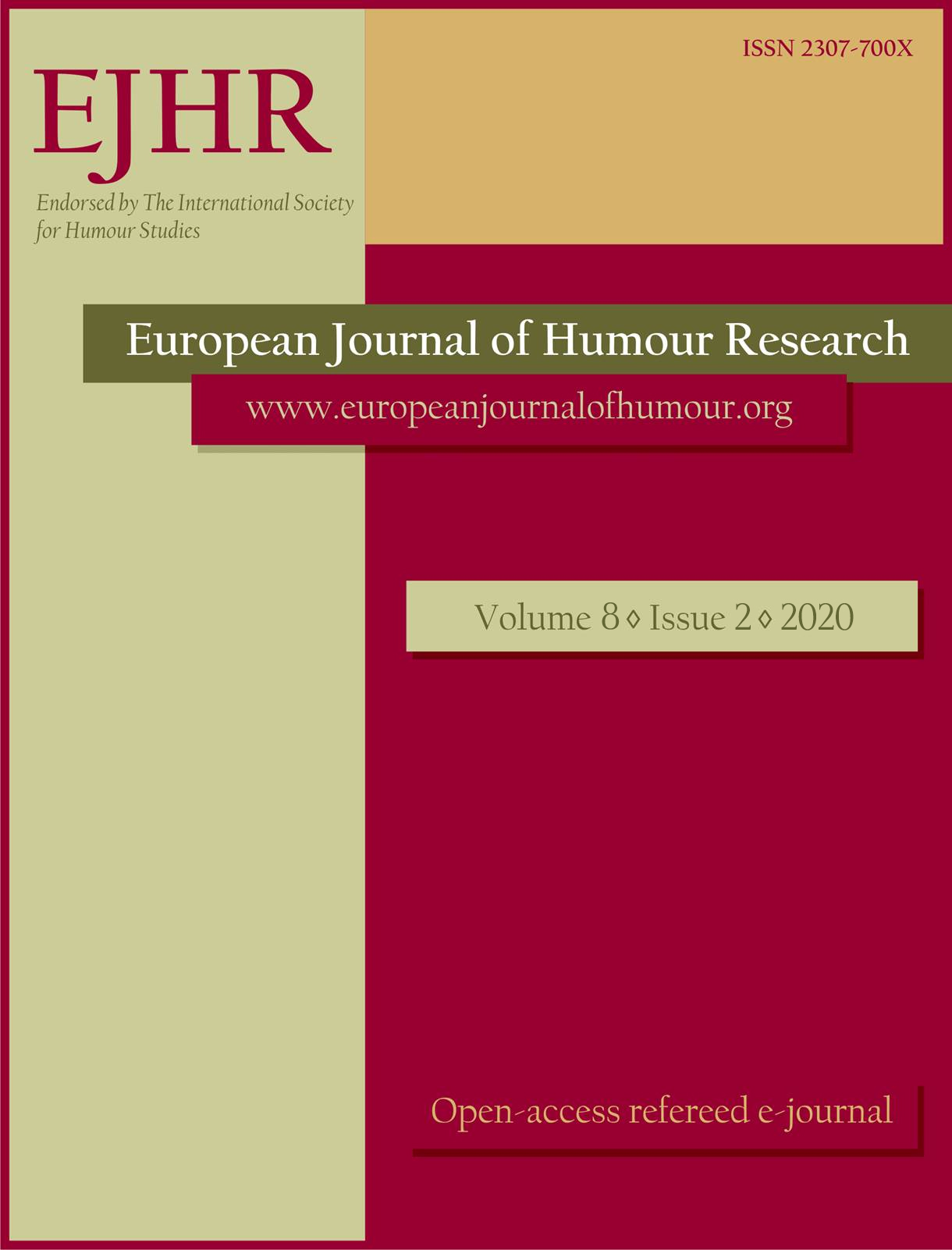Cartoons in Romanian humorous news
Cartoons in Romanian humorous news
Commentary piece
Author(s): Andreea Nicoleta SoareSubject(s): Politics / Political Sciences, Social Sciences, Language and Literature Studies, Media studies, Theoretical Linguistics, Applied Linguistics, Communication studies, Semantics, Pragmatics, Sociolinguistics, Descriptive linguistics, Politics and communication, Theory of Communication
Published by: Krakowskie Towarzystwo Popularyzowania Wiedzy o Komunikacji Językowej Tertium
Keywords: humour; cartoons; hyperunderstanding; nonunderstanding;implication;
Summary/Abstract: Studying cartoons in Romanian humorous news is a great way to underline the diversity of humour’s mechanisms and construction. The common topic of cartoons in Romanian media is politics, but there are also a great number of cartoons exploring subjects such as art, science, society or famous people. Unlike verbal humour, wherein incongruities are text-based, in cartoons, incongruities can emerge through the interaction of image and text, between two elements in the image, or even between the texts in the balloons (Hempelmann & Samson 2008). The present study aims at analysing how humour emerges differently, depending on their topic, in cartoons created by the Romanian humorous media websites Times New Roman and Academia Catavencu, as these have been the two of the most controversial humorous news websites for quite some time. I intend to argue that, when it comes to political cartoons, the methods of humour are quite complex, equally relying on the image and the text, using polysemy, paronymy or syllepsis to create humour, while cartoons about society or gossip are usually based on implicitness and exaggeration, mostly found in images and symbols, as the targeted topics or people do not require such a complex background in order to make readers laugh. I have also observed that cartoons that rely less on text have more powerful symbols, which are full of various significations that help the readers make all the necessary connections to correctly interpret the image.
Journal: The European Journal of Humour Research
- Issue Year: 8/2020
- Issue No: 2
- Page Range: 49-61
- Page Count: 13
- Language: English

